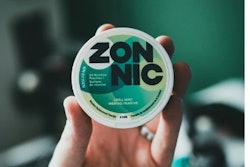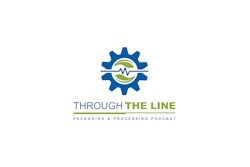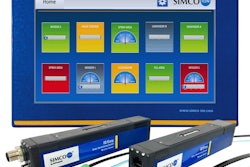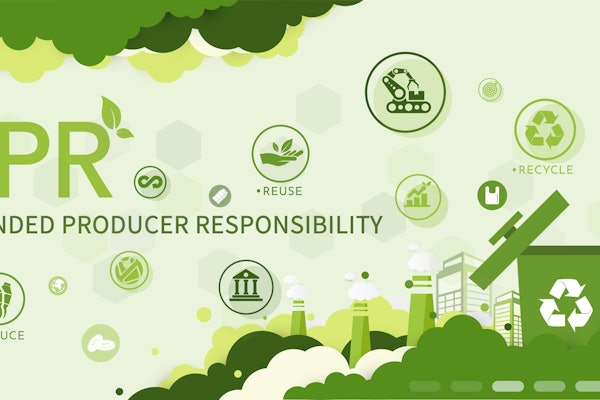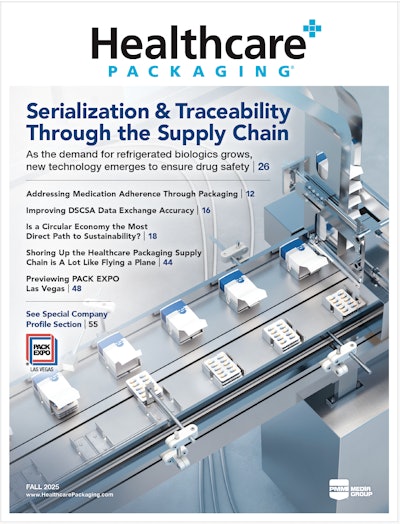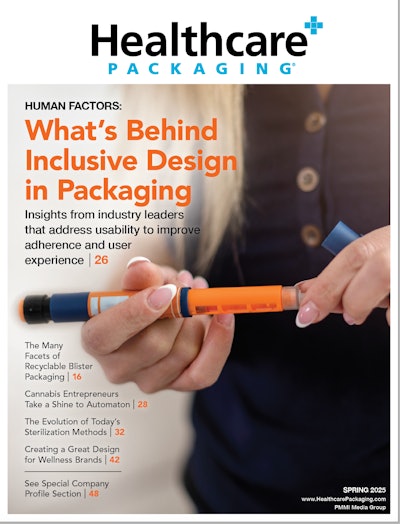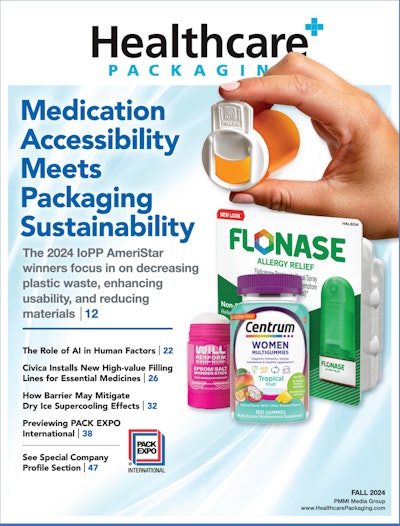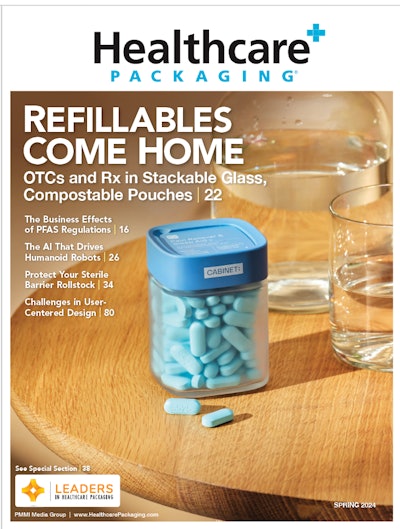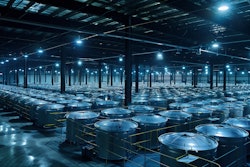Warning Letter Received: Do’s & Don’ts Today’s manufacturing and packaging experts offer a range of advice for how to proceed and what to avoid when warning letters are delivered:
Do: Respond within 15 business days of the original letter and be specific in that response. “It’s important to critically look at everything the FDA is communicating and to make targeted responses to those communications,."
Don’t: Rush to a response for the sake of beating a deadline. “It is key to be able to understand and explain anything that went wrong, why it happened down to the root cause, assessing what was impacted and what was not impacted, and explaining how the issues will be fixed — corrective actions, preventative actions, and confirmation that those CAPAs actually worked — in order to give the agency assurance that the company has a good handle on what has happened,."
Do: Seek expert advice before submitting any communications. “The FDA is actively encouraging companies to bring in outside expertise to assist with addressing the findings of warning letters. The FDA is also including recommendations that companies engage third-party, independent auditors to help with remediation. The most important thing to is to identify experts, internally and externally, in the regulatory and legal space, quality space, and those who can assess the underlying cause of the issues.”
Do: Hold sub-contractors accountable. “Comments from the FDA around sub-contractors inform companies that they are responsible for the acts of their contractors, because a contractor is viewed as an extension of that company that’s contracting for services."
Don’t: Argue with the regulator agency. But Do submit clarifications when necessary. “It’s important for the company to explain with documentation when there’s a discrepancy. “The agency could agree or disagree, but if the company truly believes that a finding was incorrect then that certainly can be communicated in an appropriate way.
Do: Maintain regular correspondence that details progress or lack thereof. “As you conduct corrective actions, it’s important to show progress or to be transparent in reporting any roadblocks and how you plan to take further corrective actions. “You also must be open to discussing alternate approaches. As you prepare for reinspection, be clear about how actions taken corrected the identified issues. Have you brought back all of the fielded product? Have you implemented needed processes and procedures to prevent this issue from occurring again?”
 | To read the full article, titled, "Appropriate Steps to Avoid And Answer FDA Warning Letters in 2025", click here. |



